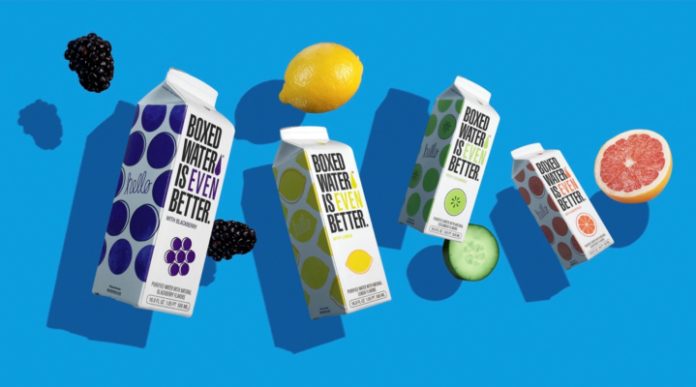As sustainability continues to be a focus point for both businesses and consumers in the packaging industry, there’s been a lot of attention drawn to the end-of-life of a product – how can it be re-used, recycled or even remanufactured to ‘close the loop’ in a circular economy. Equally important, though, is addressing how a product is designed from the outset to have as minimal impact on the environment as possible. This is where renewability can play a significant role in packaging’s sustainability criteria.
While we celebrated Arbour Month in September, trees offer the ultimate renewable, recyclable material. Wood is natural and replenishable, and if sourced from sustainably grown forests, can help to save on finite fossil resources and contribute to reducing carbon emissions.
Why are trees an invaluable renewable resource?
Wood is considered renewable because trees can be replanted and grow back after being harvested, generation after generation. However, to be truly sustainable, the wood needs to be sourced from responsibly managed forests, where crops are planted in rotation, to ensure that trees are growing continuously, at different stages of maturity.
According to the Food and Agriculture Organization of the United Nations, there is strong evidence that wood products are associated with lower greenhouse gas emissions over their entire life cycle when compared to products made from non-renewable or emissions-intensive materials, such as plastic from fossil fuels. This is because trees absorb carbon dioxide as they grow, and store it in the wood fibres throughout the product’s lifetime, even when recycled.
A report by Stora Enso, a global provider of renewable solutions in packaging, biomaterials, wooden construction and paper, reiterates how renewable materials can reduce carbon footprints. By substituting fossil-based materials, their forest products saved an estimated 17 million tonnes of carbon dioxide in 2021, which is equivalent to the annual emissions of 5 million cars.
Paperboard cartons as a renewable packaging solution
The more renewable materials are used in packaging, the greater the contribution towards a low-carbon, circular economy. Nampak’s liquid cartons, for example, are made on average from 75% paperboard from virgin wood, which can be recycled several times over. Importantly, our suppliers have partnered with the Forest Stewardship Council (FSC) and the Programme for the Endorsement of Forest Certification (PEFC) to ensure that their material is sourced from certified sustainable forests, and the wood can be traced through every step of the supply chain.
Furthermore, liquid paperboard cartons offer a safe, hygienic alternative packaging solutions to most beverage products, such as milk and fruit juice. The paperboard acts an effective barrier to light and heat, as well as providing rigidity and strength, so that the product inside the carton is less affected by fluctuations in its environment.
We recognise the value of trees. They are the lungs of our planet, filtering the air that we breathe. Let’s not forget how they play a significant role in reducing the environmental impact of packaging. In choosing paperboard, a product can be renewable and recyclable, providing an opportunity to meet sustainability demands in a circular economy in a low-carbon way.








